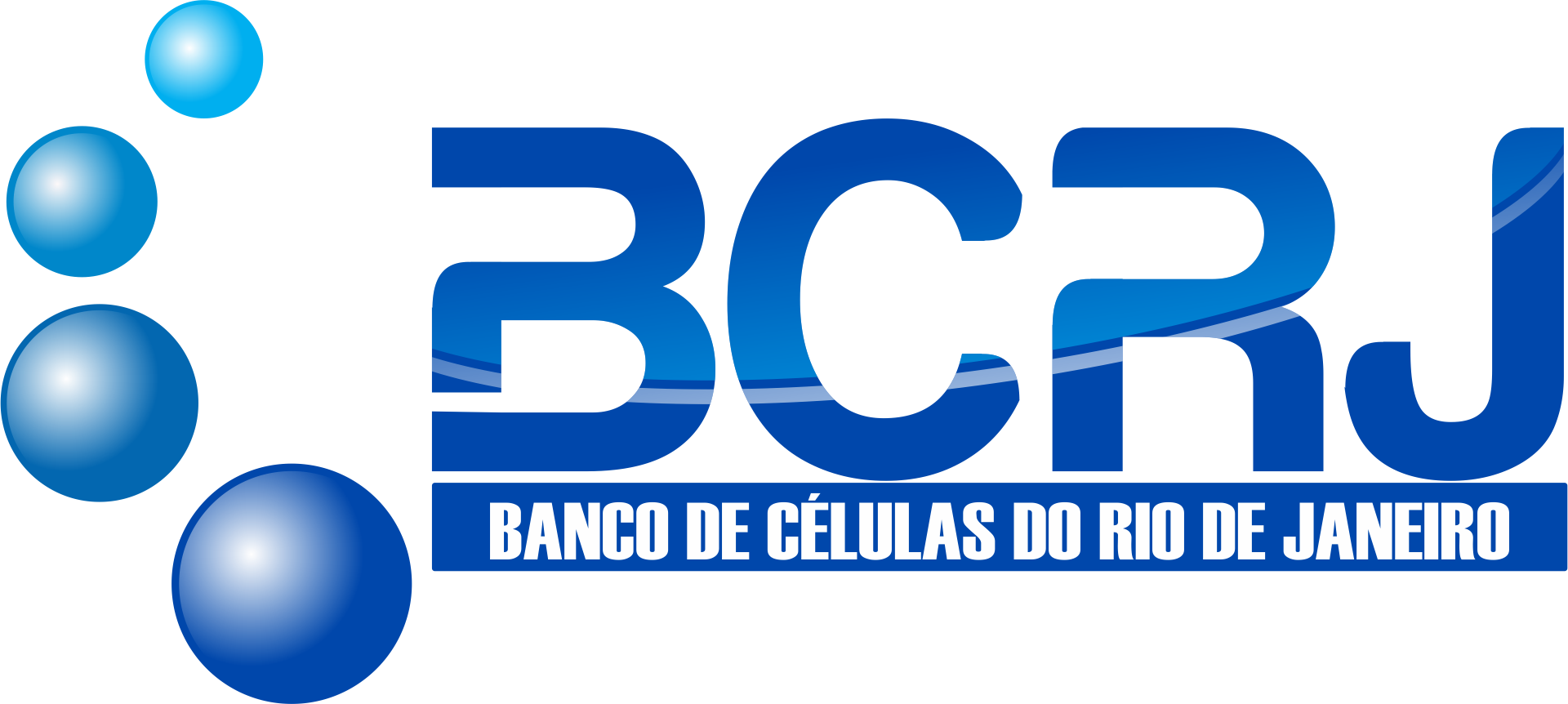| BCRJ Code | 0220 |
| Cell Line | SF 181 |
| Species | Homo sapiens |
| Vulgar Name | Human |
| Tissue | Skin |
| Cell Type | Fibroblast |
| Morphology | Fibroblast |
| Disease | Epidermolysis Bullosa |
| Growth Properties | Adherent |
| Sex | Male |
| Age/Ethinicity | 10 Year / Caucasian |
| Derivation | Human primary cell line isolated from skin biopsies. Isolated from apatient with epidermolysis bullosa. |
| DNA Profile | Amelogenin: X,Y CSF1PO: 10,11 D13S317: 11,12 D16S539: 13 D5S818: 10,13 D7S820: 10,11 THO1: 6,9 TPOX: 11,8 vWA: 16 D2S1338: 19,20 D19S433: 14 FGA: 20,24 D3S1358: 15 D18S51: 13 D8S1179: 13 D21S11: 31,28 |
| Biosafety | 1 |
| Addtional Info | Formation of blisters and cutaneous lesions upon light mechanical trauma. The byopsia was taken from one of this lesions. Digestive tract also involved, with severe impairement of uper digestive tract function. Patient followed by Dr. Flavio Fraga and Dr. Gisele Pires, Ambulatorio de Imunologia, Hospital Universitario, UFRJ, Rio de Janeiro. Migration assays on collagen gels show a normal phenotype. |
| Culture Medium | Dulbecco's Modified Eagle's Medium (DMEM) modified to contain 4 mM L-glutamine, 4500 mg/L glucose and 10% of fetal bovine serum. |
| Subculturing | Volumes used in this protocol are for 75 cm2 flask; proportionally reduce or increase amount of dissociation medium for culture vessels of other sizes. Remove medium, and rinse with PBS without calcium and magnesium. Remove the solution and add an additional 1 to 2 mL of trypsin-EDTA solution. Allow the flask to sit at room temperature (or at 37°C) until the cells detach. Add fresh culture medium, aspirate and dispense into new culture flasks. NOTE: For more information on enzymatic dissociation and subculturing of cell lines consult Chapter 12 in Culture of Animal Cells, a manual of Basic Technique by R. Ian Freshney, 6th edition, published by Alan R. Liss, N.Y., 2010. |
| Subculturing Medium Renewal | 2 to 3 times per week |
| Culture Conditions | Atmosphere: air, 95%; carbon dioxide (CO2), 5% Temperature: 37°C |
| Cryopreservation | 95% FBS + 5% DMSO (Dimethyl sulfoxide) |
| Thawing Frozen Cells | SAFETY PRECAUTION:
It is strongly recommended to always wear protective gloves, clothing, and a full-face mask when handling frozen vials. Some vials may leak when submerged in liquid nitrogen, allowing nitrogen to slowly enter the vial. Upon thawing, the conversion of liquid nitrogen back to its gas phase may cause the vial to explode or eject its cap with significant force, creating flying debris.
NOTE: It is important to avoid excessive alkalinity of the medium during cell recovery. To minimize this risk, it is recommended to place the culture vessel containing the growth medium in the incubator for at least 15 minutes before adding the vial contents. This allows the medium to stabilize at its normal pH (7.0 to 7.6). |
| Depositors | Marcelo Carvalho, Banco de Celulas do Rio de Janeiro. |
| Cellosaurus | CVCL_D682 |



